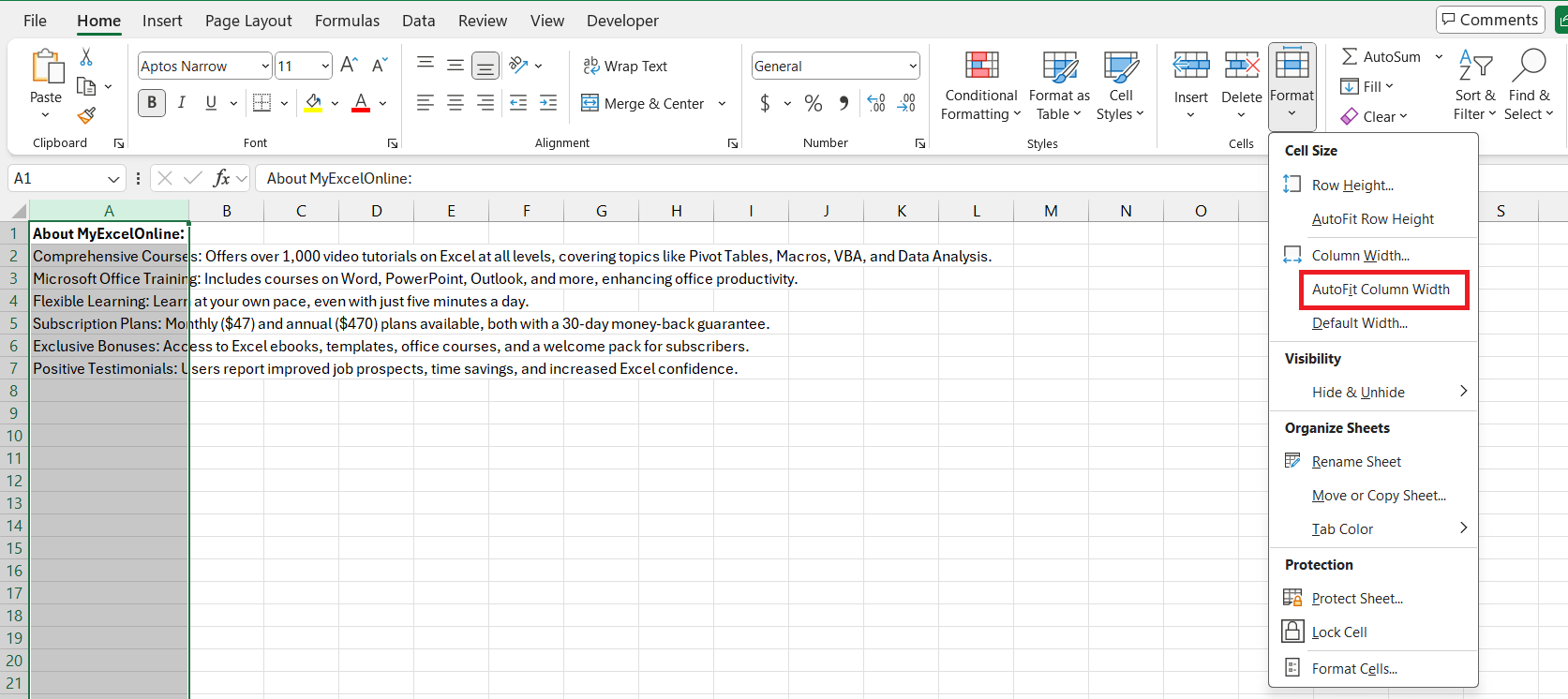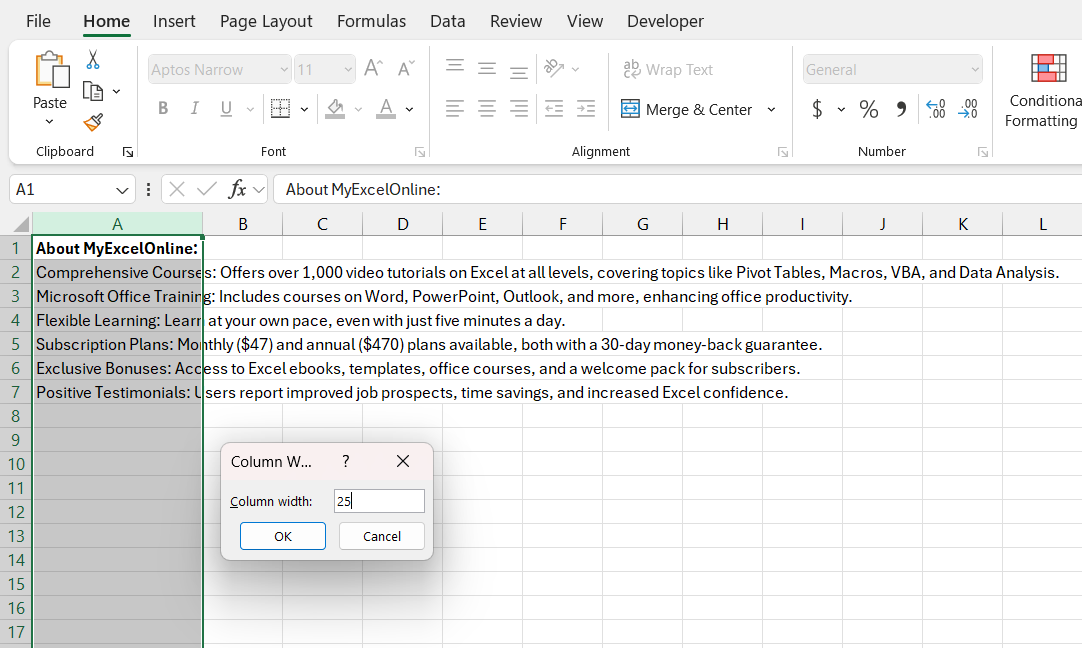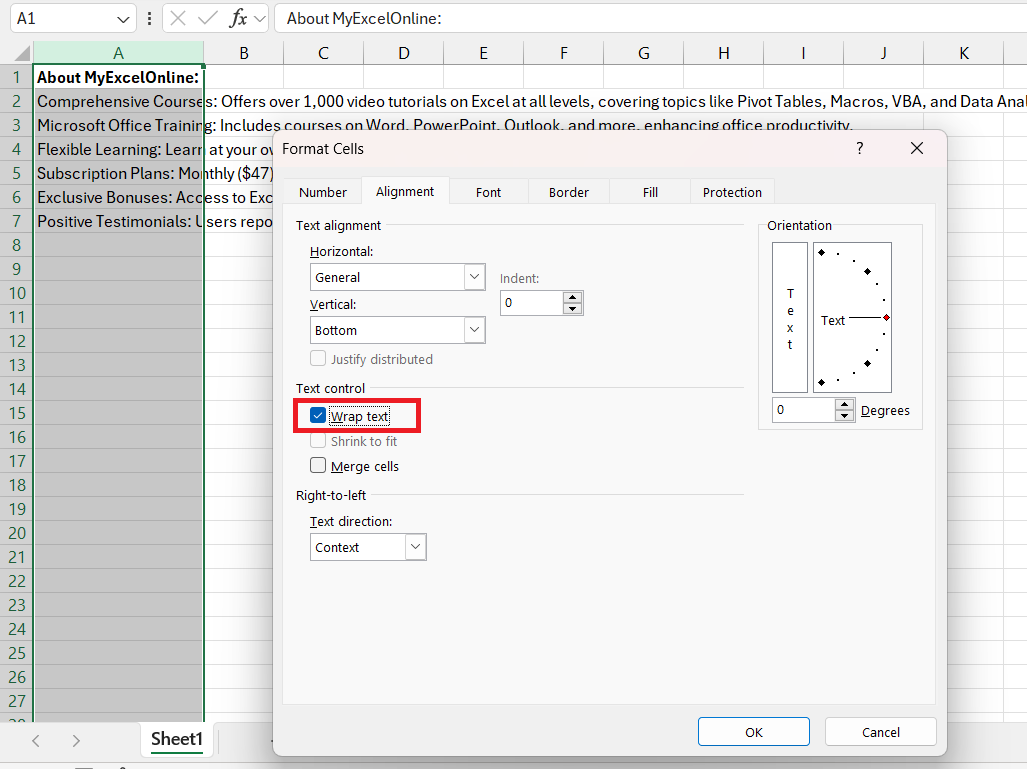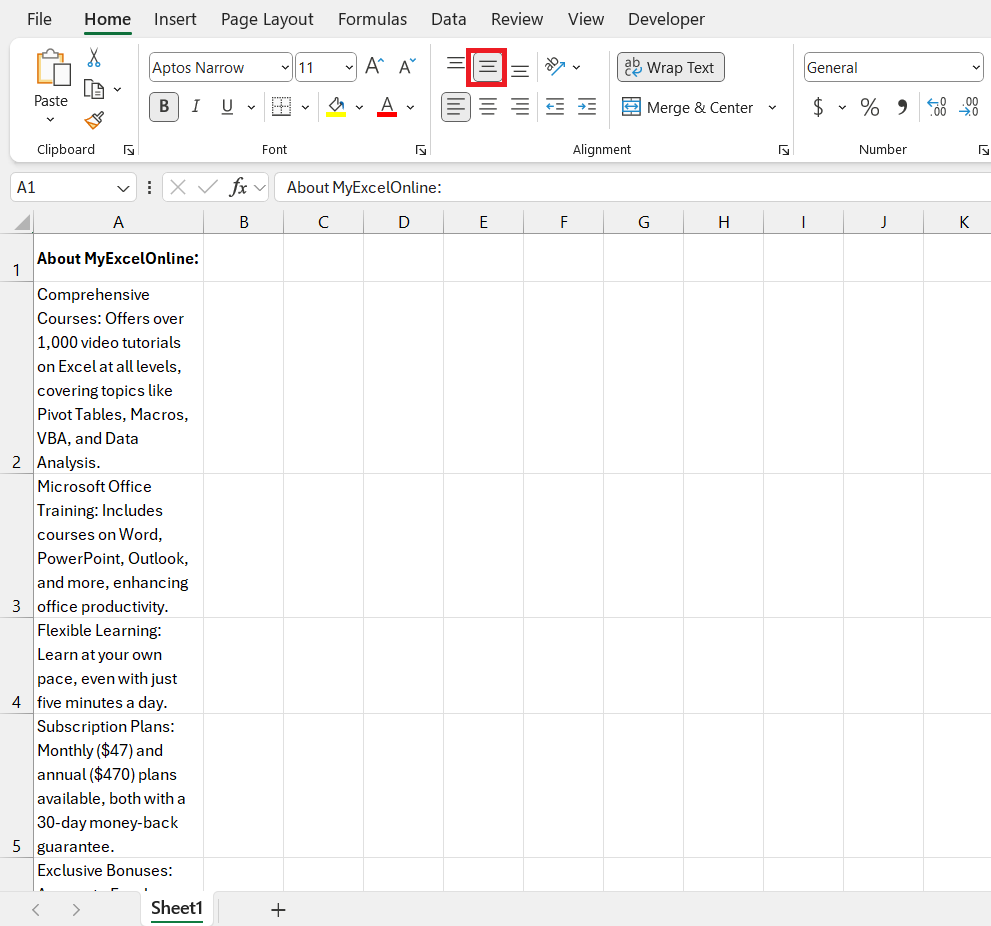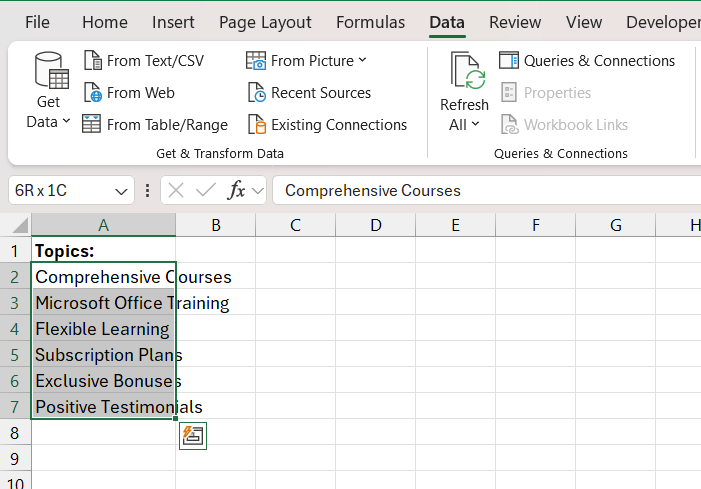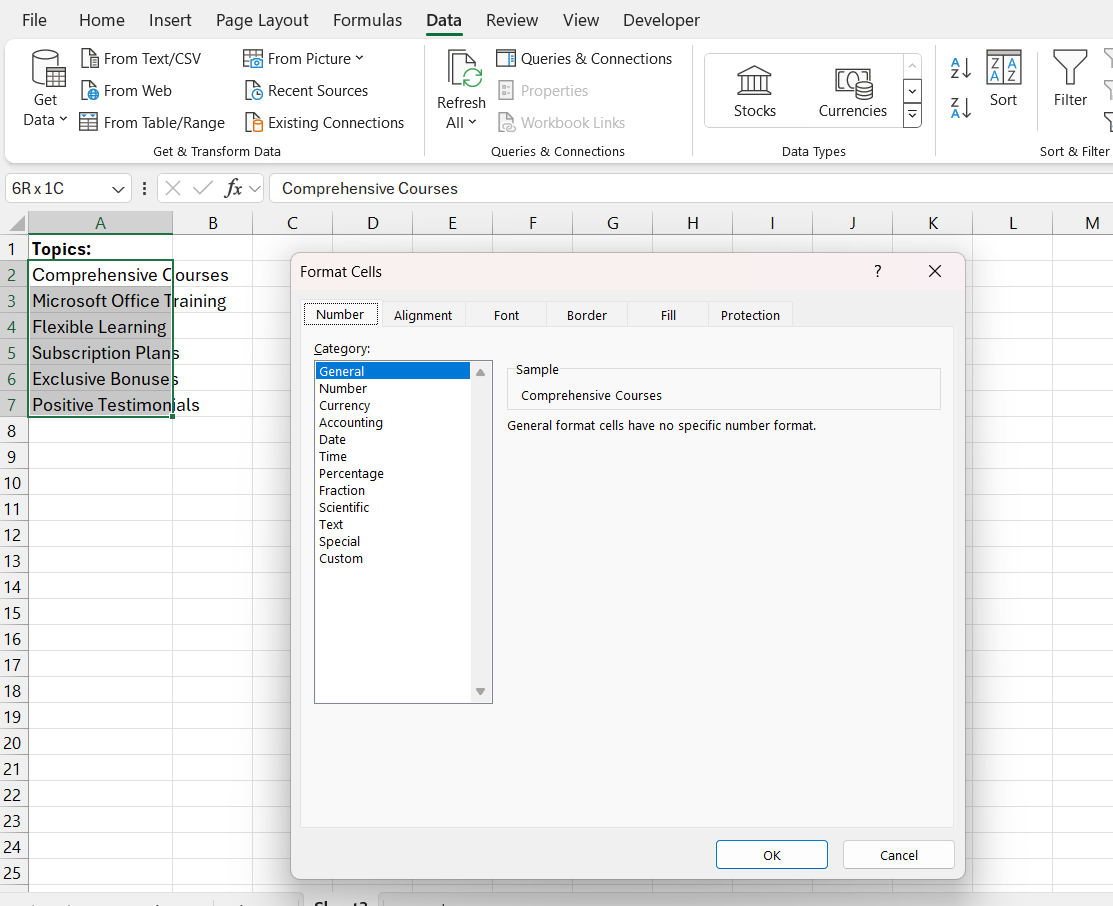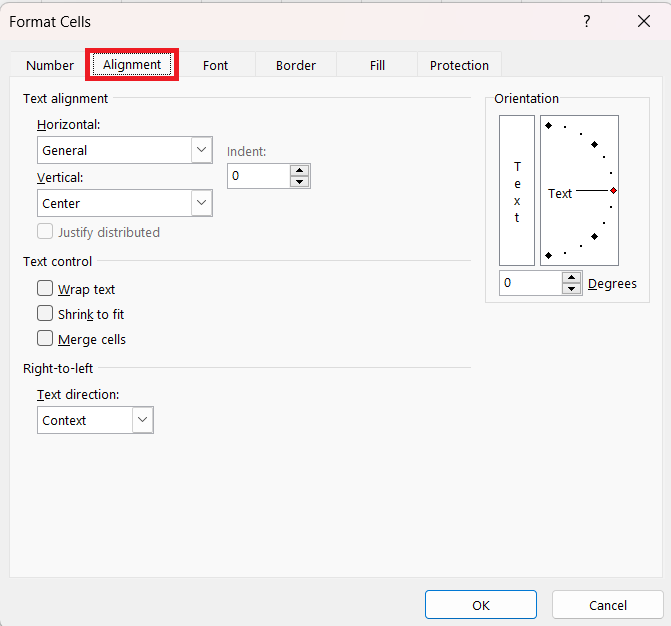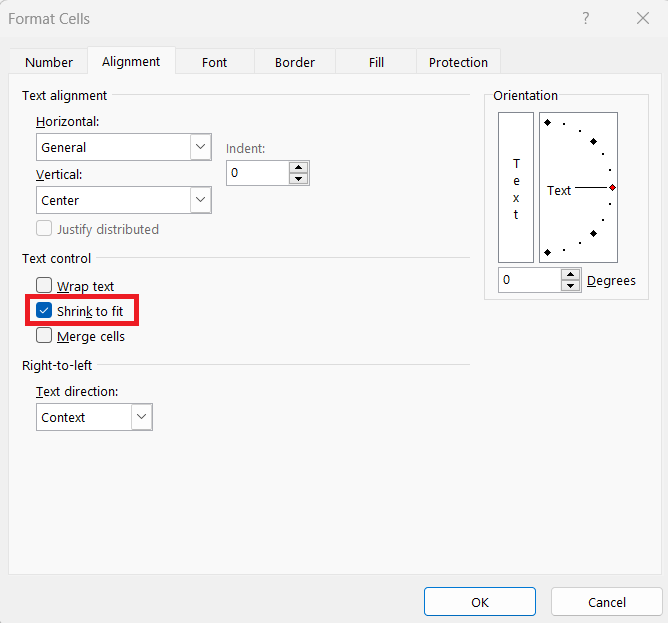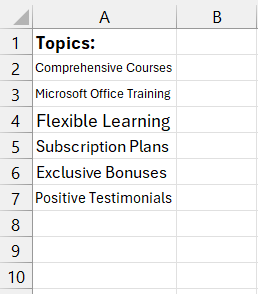Microsoft Excel‘s text spilling, where content overflows from one cell to adjacent ones due to various reasons such as narrow columns or disabled text wrapping, can be managed with simple adjustments. By understanding the common causes and implementing proactive measures, users can effectively contain and display their data without unsightly spills.
Key Takeaways:
- Text spilling in Excel occurs when content exceeds the visible area of a cell, often due to narrow columns or insufficient row heights.
- Adjusting cell and column dimensions manually or using the AutoFit feature can prevent text from overflowing.
- Enabling text wrapping and adjusting row heights are effective methods to manage text spill within the confines of a cell.
- The “Shrink to Fit” feature allows text to adjust in size automatically to fit a cell without changing its dimensions.
- Regularly auditing worksheet layouts and implementing data entry rules can help maintain a neat and functional Excel worksheet.
Table of Contents
Understanding Excel Text Spill
What is Text Spilling in Excel?
Text spilling in Excel occurs when content from one cell overflows into adjacent cells. This happens when there’s more text than the cell can visibly contain, usually caused by the default settings that allow content to display beyond the cell’s borders until it encounters data in a neighboring cell.
Common Reasons for Overflowing Text in Cells
Common causes for text overflow in Excel include columns that are too narrow, insufficient row heights, disabled text wrapping, merged cells, and lengthy outputs from formulas. When the cell’s confines are breached, contingency measures like readjustments or formatting can be implemented to contain the spill.
- Narrow Column Width: The specified width simply cannot accommodate the text.
- Short Row Height: The height of rows acts as a vertical boundary for text.
- Disabled Text Wrapping: A feature that, if disabled, won’t restrict text to its cell.
- Merged Cells Issues: Merging can create irregular spaces that truncate text display.
- Formula-Driven Spill: Formulas may result in output that stretches beyond a cell’s horizon.
Proactively understanding these factors helps in managing text overflow effectively.
Proactive Measures to Prevent Text Spill
Adjusting Cell and Column Dimensions
Managing Excel text spill sometimes comes down to revising the dimensions of your cells and columns to suit data needs. Here’s how you can make sure your text fits snugly:
- Manually Adjust Column Width and Row Height: Click and drag the boundaries of the cell header to visually set the desired size.
- AutoFit Feature: For efficiency, Excel offers an ‘AutoFit’ functionality that sizes cells according to content automatically.
- Specify Dimensions: Enter precise measurements for columns and rows through the ‘Format Cells’ dialog.
Strategically resizing your cells ensures your text remains on display without spilling over.
The Role of Text Wrapping in Managing Spill
Text wrapping in Excel is a pivotal feature to control spillage by automatically breaking up long lines of text, so they fit within a cell. If text wrapping is enabled and there’s still a spill, increase the row height to accommodate the wrapped text. It’s a simple yet effective way to keep your data tidy.
STEP 1: Turning On Text Wrapping: Access this feature via ‘Format Cells’ > ‘Alignment’ > ‘Wrap Text’.
STEP 2: Text Distribution: Wrapped text spreads evenly vertically within the cell, improving readability. Beyond wrapping, you can vertically and horizontally align text for aesthetic balance.
Text wrapping is your go-to for keeping content contained and clearly legible.
Solutions to Control Text Overflow
Incorporating Shrink to Fit
To use the “Shrink to Fit” feature in Excel, which automatically adjusts the size of the text so it fits within a cell without changing the cell’s size, follow these steps:
STEP 1: Select the Cell(s): Click on the cell or range of cells you want to apply “Shrink to Fit” to.
STEP 2: Open Format Cells Dialog: Right-click on the selected cell(s) and choose “Format Cells,” or use the shortcut Ctrl+1 to open the “Format Cells” dialog box directly.
STEP 3: Alignment Tab: Go to the “Alignment” tab in the “Format Cells” dialog box.
STEP 4: Shrink to Fit Checkbox: Look for the “Shrink to Fit” option under the Text Control section and check the box next to it.
STEP 5: Apply and OK: Click “OK” to apply the changes. The text in the selected cell(s) will automatically resize to fit within the confines of the cell without altering its dimensions.
This feature is particularly useful when you have text that’s slightly too long for a cell and you want to avoid changing the column width or row height, ensuring that your spreadsheet remains neatly organized.
Best Practices for Maintaining Neat Excel Worksheets
Regular Checks and Balances on Worksheet Layout
Excel worksheets require regular oversight to ensure a neat appearance and functional design.
- Audit Worksheet: Schedule consistent reviews to adjust column widths and check for spills.
- Data Validation: Use Excel’s tools to ensure that entries adhere to your designed layout.
- Conditional Formatting: Highlight cells that may need attention due to overflow issues.
Your vigilance ensures that the worksheet remains clean, organized, and ready for presentation or analysis.
Designing Data Entry Rules for Users
To prevent spills and maintain consistency, setting rules for those inputting data is vital:
- Template Usage: Provide templates with predefined sizes and formats.
- Input Restrictions: Limit cell characters or dropdowns to control what can be entered.
- Instructional Text: Clearly communicate requirements through comments or an instruction sheet.
These guidelines will minimize errors and ensure a smoother experience for all users.
FAQs
What is Spill in Excel?
In Excel, spill refers to the feature where an array formula outputs a range of values that seamlessly flow, or ‘spill’, into multiple adjoining cells automatically.
Can You Stop Text From Spilling Over Into Adjacent Cells Without Changing Column Width?
Yes, you can stop text spill without altering column width by using the ‘Wrap Text’ feature or ‘Merge & Center’ to combine cells, allowing the text to fit in a designated space.
How Does Merging Cells Affect Text Spill in Excel?
Merging cells creates a larger single cell, which can help contain text that would otherwise spill over. This is useful for headers or labels; however, it may not suit cells with data for calculations.
How to fix a spill error?
To fix a #SPILL! error, identify the blockage by clicking on the exclamation mark warning icon, then remove the cause, whether it’s data, a formula, or merged cells obstructing the spill range.
How do I fix text in an Excel cell?
To fix text in an Excel cell, use ‘Wrap Text’ to contain it, adjust column width or row height, or apply ‘Shrink to Fit’ in the Format Cells dialog under Alignment to scale down the text.
John Michaloudis is a former accountant and finance analyst at General Electric, a Microsoft MVP since 2020, an Amazon #1 bestselling author of 4 Microsoft Excel books and teacher of Microsoft Excel & Office over at his flagship MyExcelOnline Academy Online Course.



